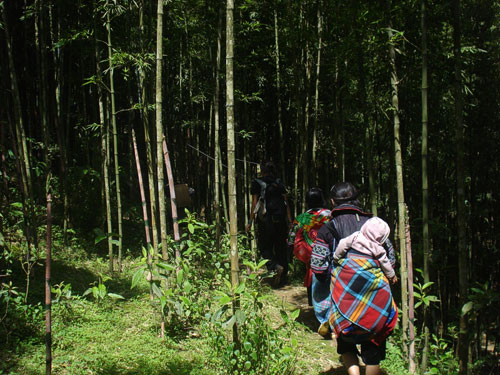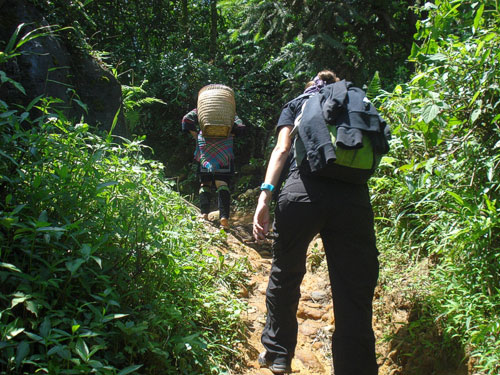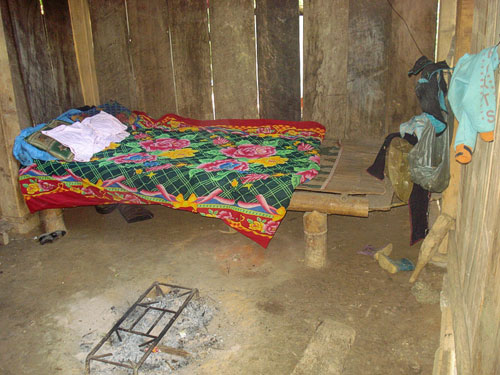Sapa is one of northern Vietnam’s most popular tourist destinations, a small town nestled among green mountains and rice terraces, surrounded by villages of various ethnic groups: the Black Hmong and the Red Dao.
For independent travelers, Sapa can sometimes be a frustrating experience due to the high level of tourism in the area, with dozens of hotels, restaurants, and travel agencies. Most visitors book a couple of days of trekking combined with a homestay in the home of an ethnic minority family.

While everything was well-organized and accessible, the experience felt somewhat lacking in authenticity. The route was shared with numerous other tourists, and we stayed in the home of a family who, at times, didn’t speak English or seemed fatigued by the constant influx of visitors.
We were fortunate to meet other travelers who had recently been to Sapa and shared with us the contact information of a young Hmong woman who independently welcomes travelers into her home. Our stay with a Hmong family in Sapa was truly unforgettable.

We spent one day and night with the Hmong family, including a four-hour trek through the mountains and rice fields to their village. During the hike, we spoke with the three young women who accompanied us, who had learned English by “following the tourists.”
To arrange an independent trekking tour, start by finding one of the women who hosts independent travelers (note that they may operate unofficially, so be careful who you ask).
You can contact us at hello@losfogg.com, and we’ll send you the contact information for our host to simplify your planning.

Alternatively, many Hmong and Dao women will approach you spontaneously when you arrive in Sapa. Befriend one of them, and they can help you find a welcoming host family.
Anyone who has been to Sapa can tell you about the persistence of the women selling handicrafts, which can sometimes feel overwhelming. This is your chance to experience the other side of life in the area by spending a day living like the locals.
NOTE: Contact information for our host will not be shared in the comments of this post (we don’t usually check them). Please email us at hello@losfogg.com, and we’ll gladly provide the details.
*Los Fogg, a traveling couple sharing valuable insights from their journey around the world.